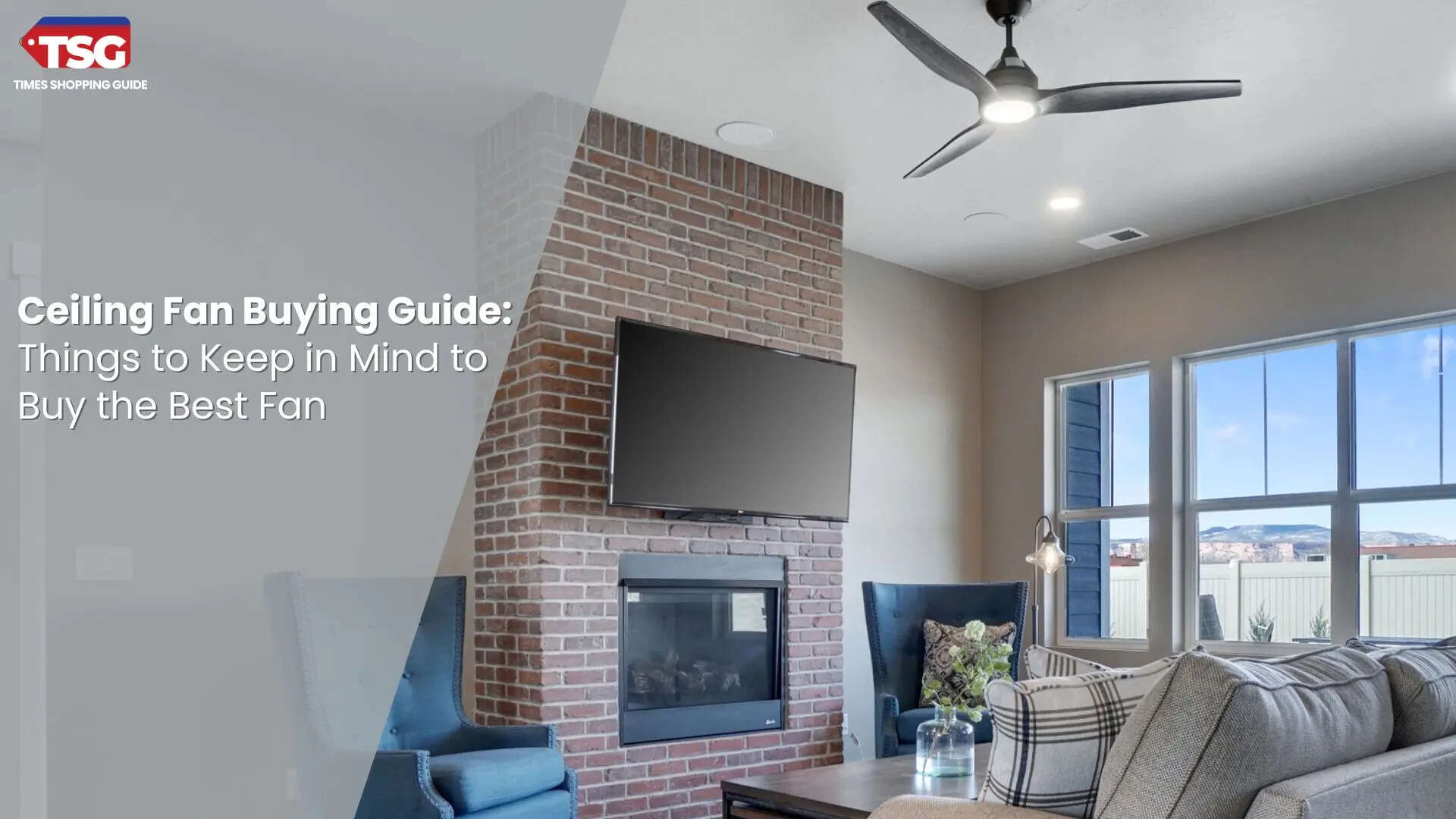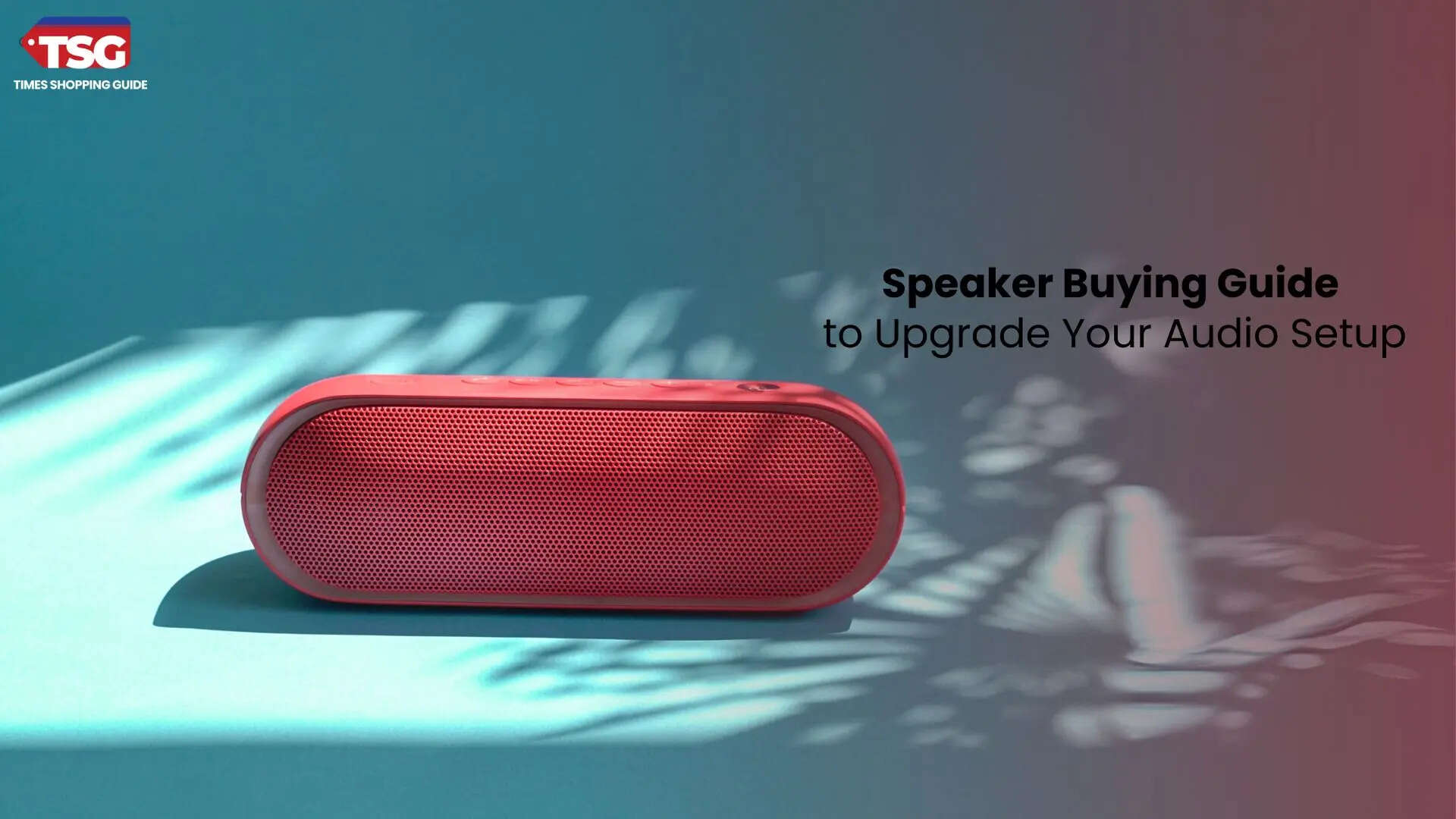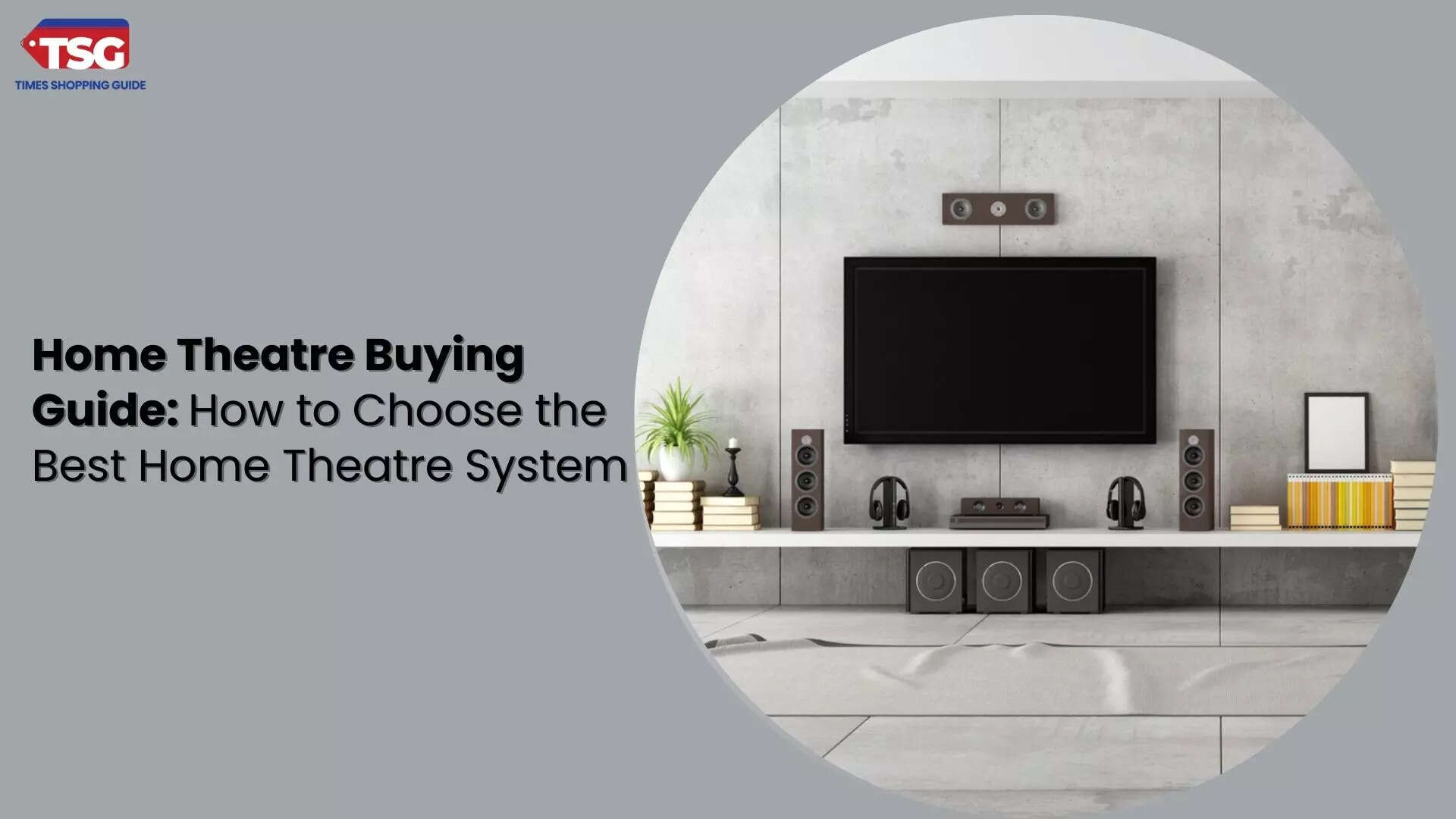- home
- electronics
- buying guides
- desktop buying guide things to consider before buying a desktop pc
Desktop Buying Guide: Things to Consider Before Buying a Desktop PC
Buying a desktop PC can be daunting, with countless options available. Understanding your specific requirements and preferences is crucial to finding a suitable model. This guide provides essential insights into what to consider before purchasing, helping you navigate the selection process effectively.

This guide will walk you through the crucial factors to remember, helping you make an informed decision tailored to your needs.
Desktop Buying Guide: Determine Your Primary Usage
The first step in buying a desktop PC is determining how to use it. Different users have varying requirements, so understanding your primary usage can significantly narrow your options.
- Gaming: If gaming is your primary focus, you’ll need a powerful machine with a high-performance GPU, ample RAM, and a fast processor.
- Work/Professional Use: For tasks like graphic design, video editing, or software development, prioritise high processing power, ample storage, and good RAM.
- Casual Use: If your needs are limited to browsing, streaming, and document editing, a basic model with moderate specifications will suffice.
Also Read: Best Projectors to Turn Your Drawing Room into Home Theatre
Desktop Buying Guide: Desktop Types
Desktops come in various form factors, each with its advantages and disadvantages. The main types include:
- Tower PCs: These are traditional desktops with a separate monitor, providing extensive upgrade options and powerful performance.
- All-in-One PCs: These combine the monitor and CPU into a single unit, saving space but often having limited upgrade options.
- Mini PCs: Compact and portable mini PCs are suitable for basic tasks but might lack power for demanding applications.
- Gaming PCs: Specifically designed for gaming, these often come with high-end graphics cards and cooling systems.
Read This: Best Wireless Mouse Under 1,000 for Smooth and Seamless Performance
Desktop Buying Guide: Performance Specifications
When considering performance, focus on the following components:
- Processor (CPU): The CPU is the heart of your computer. Look for models from reputable brands like Intel or AMD. A quad-core processor is sufficient for most users, while gamers and professionals may need higher-end options like Intel Core i7 or AMD Ryzen 7.
- RAM (Memory): RAM affects multitasking capabilities. For general use, 8GB is adequate, but 16GB or more is recommended for gaming and heavy professional tasks.
- Storage: Decide between a Hard Disk Drive (HDD) and a state drive (SSD). SSDs offer faster performance and quicker boot times, while HDDs provide larger storage at a lower cost. A combination of both can offer the best of both worlds.
- Graphics Card (GPU): A dedicated GPU is essential for gaming or graphic-intensive tasks. Look for models from NVIDIA or AMD that match your performance needs.
Also This: Best Wireless Keyboard 2024 for a Clutter-Free Workspace
Desktop Buying Guide: Operating System
The operating system (OS) you choose can affect your user experience significantly. The most common options include:
- Windows: The most popular OS, ideal for gaming and business applications. Windows 10 and 11 offer a wide range of software compatibility.
- macOS: If you prefer Apple products, macOS is well optimised for design and multimedia tasks but is limited to Mac desktops.
- Linux: Suitable for tech-savvy users or those who need an open-source solution, Linux is customisable and free but may lack compatibility with some popular software.
Read More: Best Wireless Mouse in 2024 for Seamless Control
Desktop Buying Guide: Budget Considerations
Your budget will play a significant role in your decision-making process. Depending on specifications and brand, desktops can range from a few hundred to several thousand dollars. Here are some budgeting tips:
- Define Your Limits: Set a clear budget and stick to it. Consider not only the initial cost but also potential future upgrades and accessories.
- Evaluate Value for Money: Focus on performance and reliability rather than brand names—research reviews to identify the best options within your budget.
- Look for Deals: Look for sales, especially around holidays or back-to-school seasons. Refurbished models can also offer excellent value.
Also Read: Best Wireless Keyboards and Mouse Combo to Enhance Efficiency
Desktop Buying Guide: Upgrade Options
When investing in a desktop PC, consider its upgrade potential. Upgrading components like RAM, storage, and graphics cards can extend the lifespan of your machine. Here’s what to keep in mind:
- Ease of Access: Tower PCs typically allow for easier access to components, while allinone models may be more challenging to upgrade.
- Compatibility: Ensure that the components you choose are compatible with the motherboard and other system parts.
Check This: Best Wireless Mouse for Working Professionals
Desktop Buying Guide: Brand Reliability
Certain brands have established a reputation for quality and customer service. Some well-regarded desktop manufacturers include:
- Dell: Dell is known for its reliable performance and customer support. It offers a range of options, from budget to high-end models.
- HP: HP offers a variety of desktops suitable for personal and business use, and they are often praised for their design and functionality.
- Apple: Renowned for its build quality and design, it is ideal for creative professionals.
- Lenovo: Offers a good balance between performance and affordability, especially in business models.
Read More: Best Wireless Keyboards for Seamless Typing
Desktop Buying Guide: Warranty and Support
Check the manufacturer's warranty and customer support options. A solid warranty can protect your investment, while responsive customer support can help resolve issues quickly.
- Warranty Length: Most desktops have a one-year warranty, but some brands offer extended warranties for additional peace of mind.
- Technical Support: Ensure the manufacturer provides good technical support options, including phone, chat, or email assistance.
Desktop Buying Guide: Accessories and Peripherals
Consider the peripherals and accessories you’ll need alongside your desktop:
- Monitor: If not included, choose a monitor that matches your usage. Higher resolutions (1080p or 4K) are recommended for gaming and design work.
- Keyboard and Mouse: Invest in quality input devices for a better user experience. Mechanical keyboards, with their tactile feedback, are popular among gamers.
- Speakers/Headphones: Good audio equipment can enhance your multimedia experience, especially for gaming or entertainment.
Desktop Buying Guide: Reviews and Recommendations
Before finalising your purchase, read user reviews and expert recommendations. Websites like CNET, TechRadar, and user forums can provide valuable insights into the performance and reliability of specific models.
- User Experiences: Look for feedback from users with similar needs, focusing on long-term performance and joint issues.
- Expert Reviews: Check for in-depth reviews that cover benchmarks, performance comparisons, and overall usability.
Desktop Buying Guide: Finalizing Your Purchase
Once you’ve assessed your needs, compared options, and conducted thorough research, it’s time to purchase. Here are some final tips:
- Shop from Reputable Retailers: Whether you’re buying online or in-store, choose reputable retailers to ensure a smooth transaction and reliable service.
- Double-Check Specs: Before purchasing, verify that the specifications match your requirements and that you are aware of additional costs, such as shipping or assembly.
- Plan for Setup: Consider where you’ll place your desktop and plan for any necessary cables, power sources, and internet connections.
FAQs
1. How do I choose a new desktop?
To choose a new desktop, identify your primary use—gaming, work, or casual browsing. Consider key specifications like CPU, RAM, and storage. Decide on the form factor (tower, all-in-one, or mini), and set a budget. Research brands and read reviews to find a reliable model that fits your needs.
2. How much RAM do I need?
For most users, 8GB to 16GB of RAM provides a good balance of performance and value. Power users and professionals may benefit from 32GB or more. Remember, while having enough RAM is crucial for smooth performance, it's just one part of the equation.
3. What is the average life of PC?
The average lifespan of a PC is typically between 3 to 8 years, depending on usage, components, and maintenance. High-performance machines may last longer with upgrades, while basic models may require replacement sooner. Regular maintenance, software updates, and hardware upgrades can extend a PC's usability beyond its average lifespan.
Disclaimer: Times Shopping Guide is committed to bringing you the latest products from the best brands. Our selection is based on market research and positive consumer feedback. Times Shopping Guide is also a part of an affiliate partnership. In line with this, we may receive a portion of the revenue from your purchases. Please note that the product prices are subject to change based on the retailer's deals.








